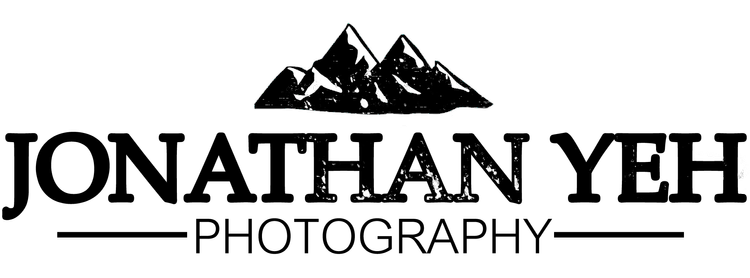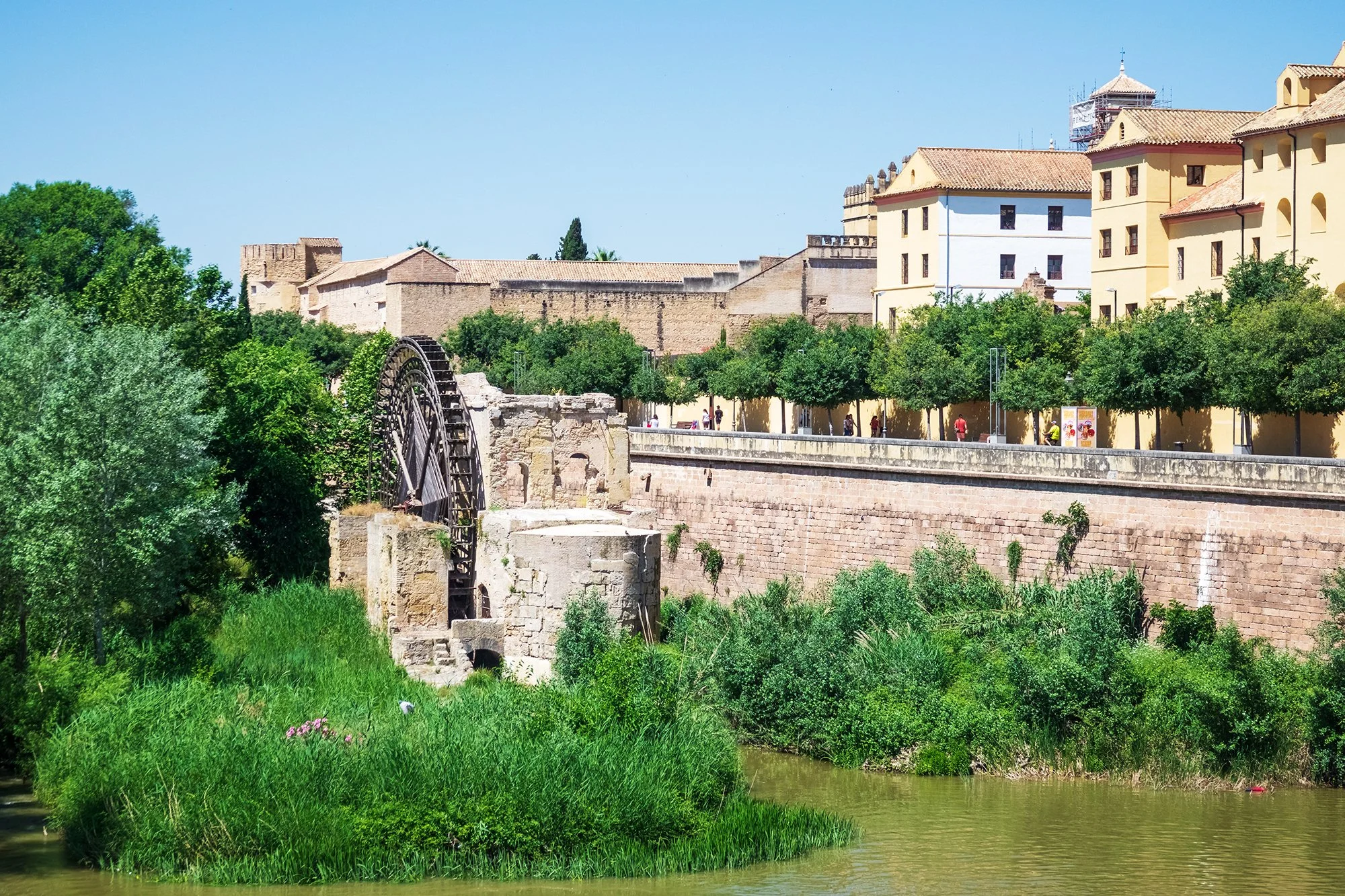Flowers laugh, and your bracelets move beneath
the shelter of a courtyard shade.
Little birds offer us their most beautiful song.
Some pour forth their pain; others warble with joy.
Water flows freely between us.
Eyes and hands meet where they desire.
— Ibn Hazm (994-1064)
Ṭawq al-Ḥamāmah
Córdoba.
Lejana y sola.
— Federico García Lorca (1898-1936)
from “Canción de jinete”
Seville, May 24th 2025
Poolside, yet again, abba Sevilla Hotel
After a lovely night wandering Seville with Lindsey and her parents (getting very mildly drunk on orange wine, poking fun at Lindsey’s squid-ink risotto-stained face at dinner, more gelato before tucking in), the two of us took a day-trip to Córdoba today, leaving mid-morning and returning in the early evening. I’m relaxing by the pool again, while Lindsey and mom are out for some last-minute shopping (tomorrow being our last day in Seville but a Sunday). Last night, Lindsey asked, “Is this too loud?” holding up a neon-pink top. Truth was, it was very loud, but I said I thought it would work, and I think it worked. Whether because it was the first day of Córdoba’s feria (annual spring festival), or because the city’s always so damn pretty, we blended right in with the Moorish architecture and the floral decor and the endless balconies and wall planters and hidden courtyards bursting with life and colour. One could argue we were the most subtly dressed two in town, so ubiquitous were the flamenco bailaora dresses, the bachelorette squads, the cross-dressing stag parties. It was an absolutely carnival atmosphere.
Out of all the places we’re visiting on our tour of Andalucía, Córdoba was tops on my to-see list. I came across Federico García Lorca’s poetry sometime in my teenage years, including his famous ode to the City of Courtyards in “Canción de jinete” (Horseman’s Song). I was that kind of teenager, for whom the deep passion of García Lorca, the clear love of place, the brooding desire, the fatalistic obsession with early death, had obvious thematic appeal, and many of those themes have made their way into my own creative life since. Not to mention, where else but the old caliphate capital of medieval Al-Andalus could you see one of world’s most beautiful cathedrals built into one of the world’s most striking and magnificent mosques? The city’s mosque-cathedral (La Mezquita-Catedral) was the focal point of our day’s exploration, offering a disarming meld of architectural styles and spiritual visions, and a profound reminder of the succession of human histories, cultural influences, conquests, and re-conquests that have shaped this region of the country.
On our morning walk from our hotel to Seville’s Estación Santa Justa, I tell Lindsey about how I found God (in a way) while stopping in random churches, basilicas, and cathedrals during my itinerant summer in Mexico. I didn’t convert to Catholicism, nor did I (or have I) ever seriously practiced prayer. But it was inside these hallowed spaces, seeking refuge from the sweltering sun, sitting in back-corner pews amongst tearful Jaliscans, listening to mass in a language I could only barely understand, that I first felt the big heart of the world, beating. It’s a feeling that’s informed my spirituality ever since, and I’ve felt it replicated in dozens of places: on clear cold mountaintops, before maritime vistas, above fish markets, on street corners, in deep forests. It was a similar feeling today in La Mezquita, although the festival atmosphere and the touristic experience (i.e. timed entry tickets) definitely overrode any spiritual stirrings I might have had. But still, you gaze up at the intricate carvings, the geometric shapes, the natural patterns, the elements of play between shadow and light, the dueling visions of heaven on earth, and you can’t help but feel a little pious. Or at least, you admire the piety in between photographs.
My favorite part of the day, actually, was watching Lindsey careen giddily around the ceramics shop just across the street from the entrance gate to La Mezquita, picking up everything on the shelves, carefully sorting and examining designs, gradually solving a complex multivariable calculus equation of interior design, gift-giving, and luggage capacity while the shopkeeper and I looked on with growing concern. “Listos ya?” The shopkeeper asks me quietly as the bowls and plates and decorative tiles continue to gather in neat little piles on the counter. “Todavía no,” I say, pretending to know what spirits are possessing Lindsey around the corner. Finally, we walk out with a big bag, plus several decorative vases carefully bundled inside my camera bag. I must say, it seemed like quite a bargain haul. I treat Lindsey to gelato afterward, mostly out of admiration. There’s a candid photo of her huge goofy smile inside the shop. I text it to Jane; she texts back, “Oh my god, Lindsey’s face!” Coming out of the mosque, we move our return train ticket a few hours earlier so that we can get back to Seville a little sooner - more relaxation, more shopping.
Novelty has become pattern and pattern has become ritual: Gym and pool. Shower and relax in bed. Then sundown, and a long walk, and what will surely be a nice meal. After next week, I will miss the institutionalized siesta. I suppose we can always be the change we want to see in the world.















































































































































































